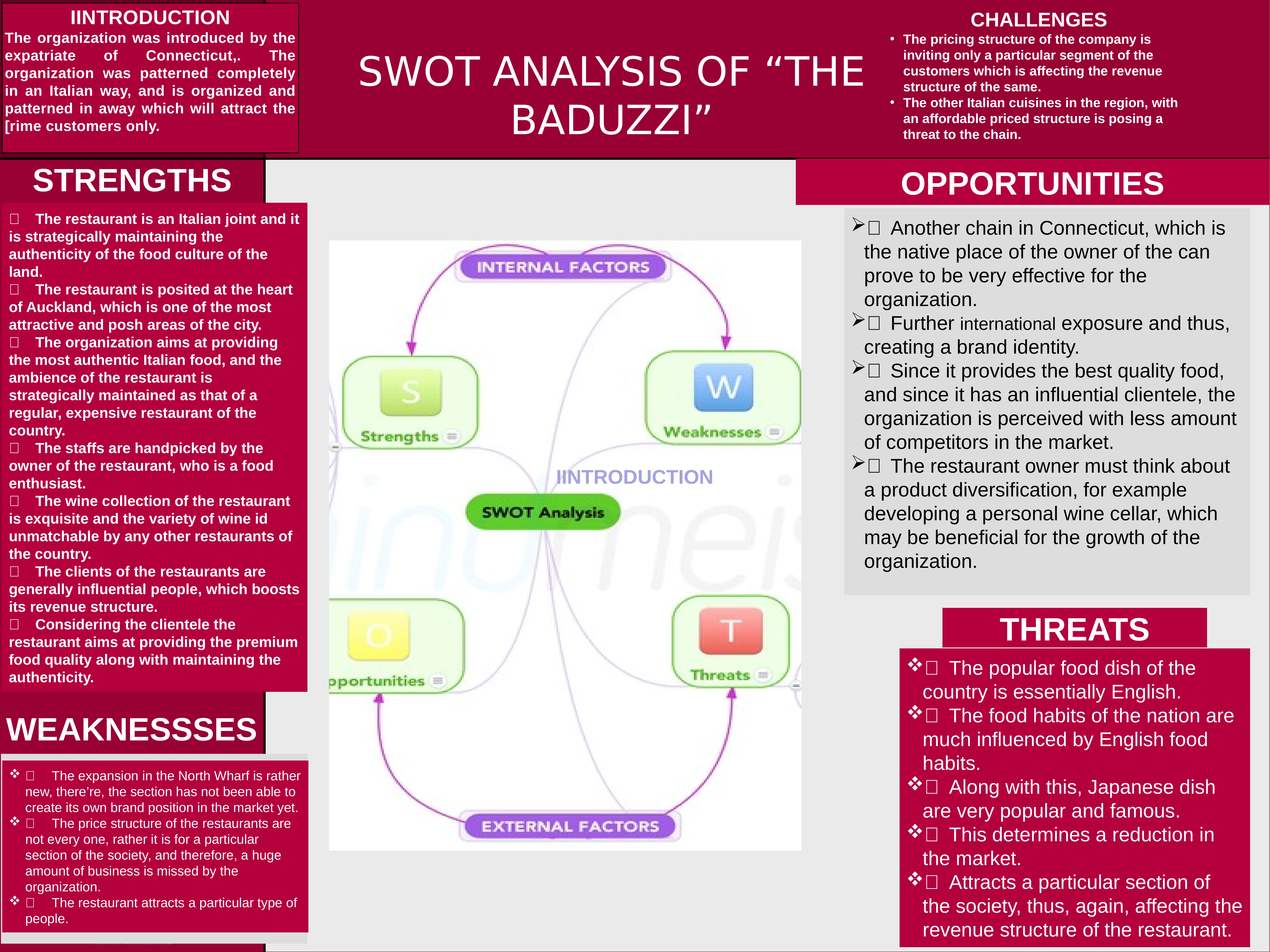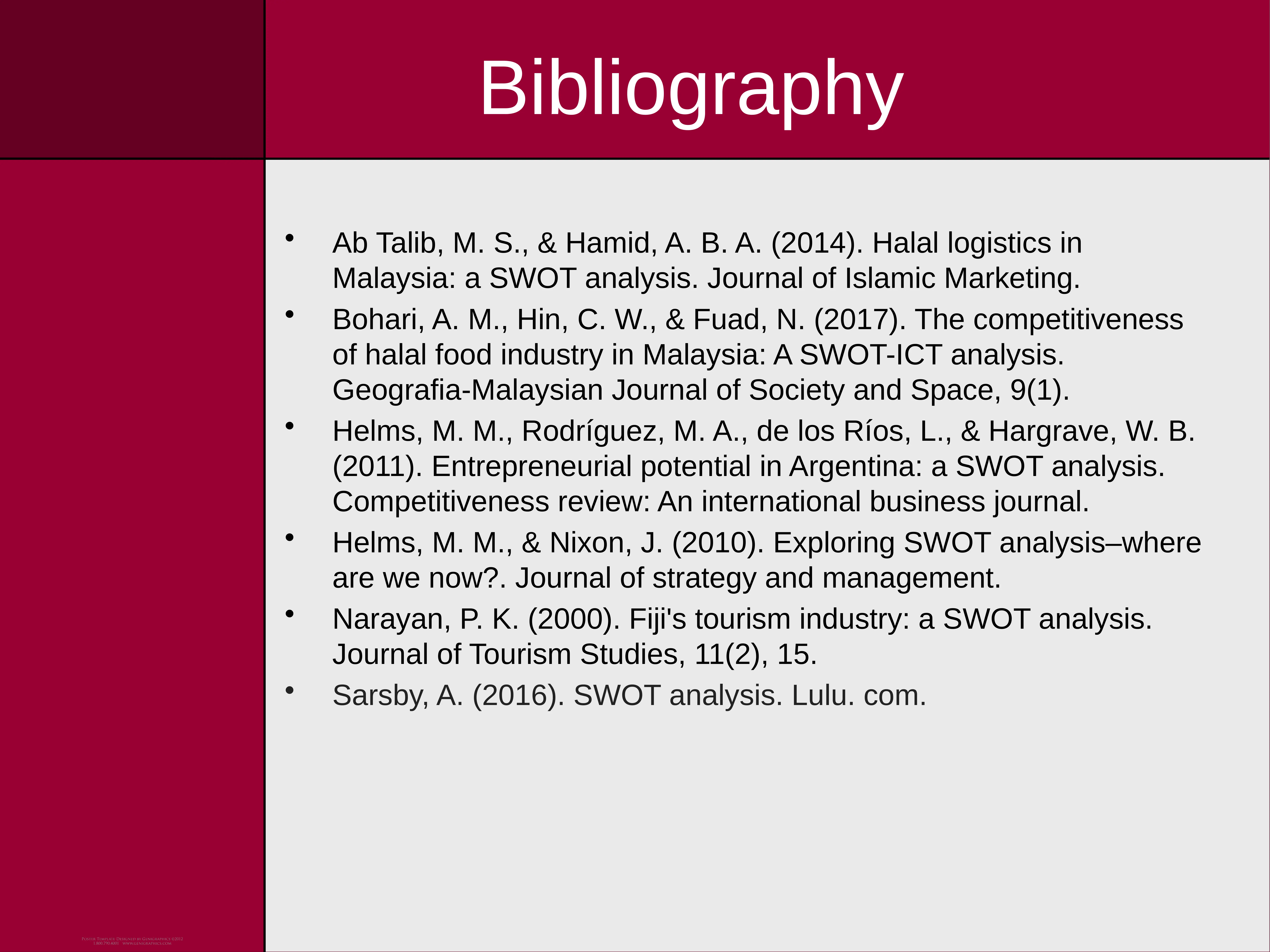Southern Institute of Technology HTM704: SWOT Analysis of Baduzzi
VerifiedAdded on 2022/08/08
|2
|699
|20
Report
AI Summary
This report presents a SWOT (Strengths, Weaknesses, Opportunities, and Threats) analysis of 'The Baduzzi', an Italian restaurant located in Auckland. The analysis examines the restaurant's internal attributes, such as its authentic Italian food, prime location, exquisite wine collection, and influential clientele, highlighting these as strengths. Weaknesses identified include its limited price structure that targets a specific segment of society, and the relatively new expansion in the North Wharf. The report also addresses external factors, such as the opportunity for expansion in Connecticut and international brand building. Finally, it identifies threats like the popularity of English and Japanese cuisines, and the competition from other affordable Italian restaurants in the region. The analysis concludes with recommendations for product diversification and addressing the identified weaknesses and threats to enhance the restaurant's market position and revenue generation.
1 out of 2



![[object Object]](/_next/static/media/star-bottom.7253800d.svg)